Thanks to our supporters for a great year
As we approach the end of 2023, we find ourselves contemplating yet another remarkable year at Save the Redwoods League. Our gratitude extends to our wonderful partners, members, and supporters who make possible the essential efforts of safeguarding and restoring redwood forests, as well as fostering connections between people and these awe-inspiring places. Join us in reflecting on some of the highlights from the past year.
Russian River Redwoods purchase finalized
Supporters from every U.S. state helped the League acquire a 394-acre redwood forest in Sonoma County, named Russian River Redwoods, from the RMB Revocable Family Trust. The purchase of Russian River Redwoods is the next step toward safeguarding the Clar Tree, one of the county’s oldest and tallest coast redwoods, and 1 mile of Russian River frontage near Guerneville. Save the Redwoods secured $6.5 million to purchase Russian River Redwoods, including a $2 million bridge loan from the David and Lucille Packard Foundation, a $500,000 matching gift from the Federated Indians of Graton Rancheria and donations from more than 2,000 supporters. Donations will also support project costs and stewardship of the forest until it can be transferred to Sonoma County for long-term protection.
Strengthening safeguards for Red Hill
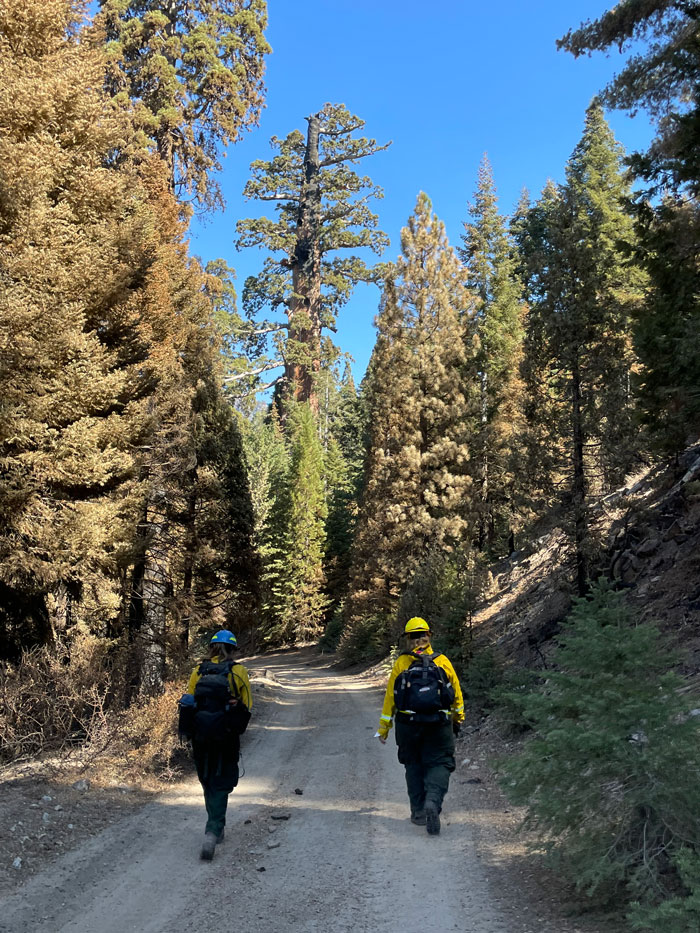
Save the Redwoods League announced the transfer of its 160-acre Red Hill property to the USDA Forest Service so that it may be protected and managed by the Forest Service as part of Giant Sequoia National Monument and Sequoia National Forest. Red Hill was one of the two largest remaining privately owned giant sequoia properties in the world when the League purchased it. The acquisition and transfer of the property will allow the Forest Service to manage Red Hill in coordination with the national monument’s general plan, which emphasizes protection of ancient giant sequoias, wildfire risk reduction, watershed protection, habitat enhancement for threatened species, and recreational opportunities.
Easement protects forestland bordering iconic Montgomery Woods
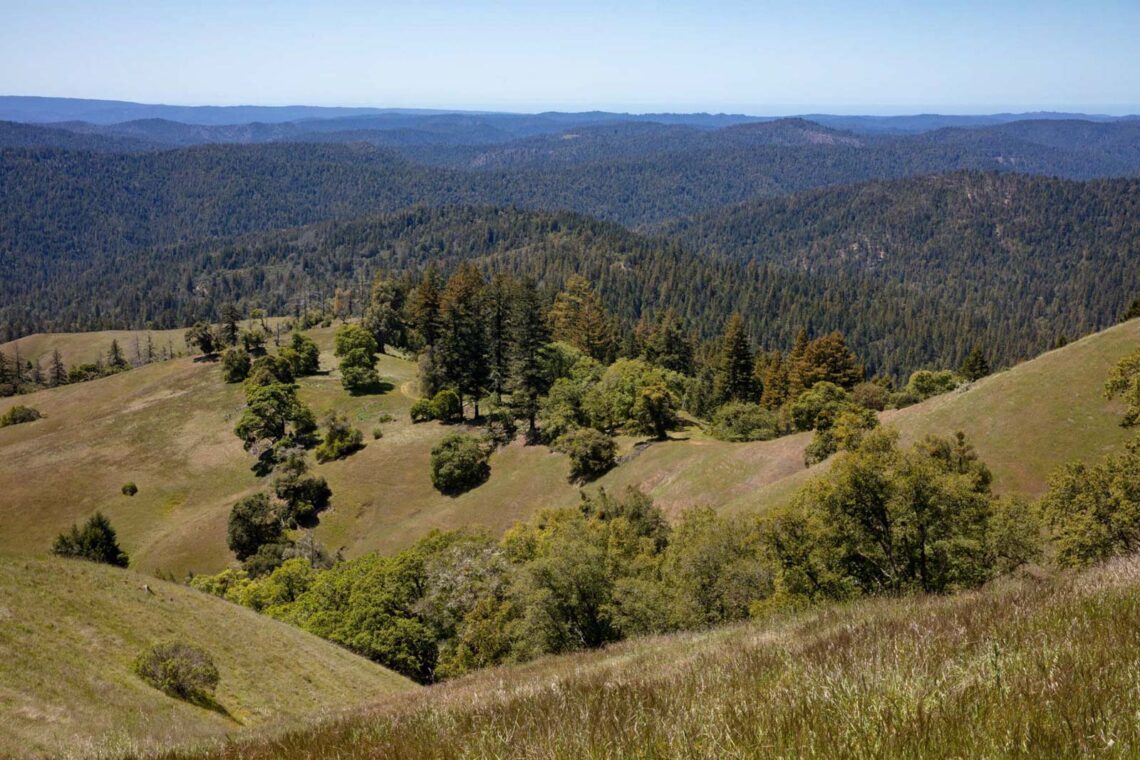
In a major achievement for the League’s Montgomery Woods Initiative to enhance the old-growth coast redwood forest and visitor amenities of Montgomery Woods State Natural Reserve, we secured a conservation easement on the 3,862-acre Weger Ranch, safeguarding its coast redwood and Douglas-fir forest and buffering the reserve. The easement protects the Mendocino County ranch from subdivision, development, and excessive logging. This work is in addition to the 2022 purchase of Atkins Place, a 453-acre coast redwood forest adjacent to the reserve. The League also is working with California State Parks over the next three years to reconstruct and expand the reserve’s perimeter loop trail and build features including gathering areas, a bridge overlooking Montgomery Creek, and inclusive interpretive exhibits.
New welcome center rekindles connection to Big Basin
California State Parks, Save the Redwoods League, and Waddell Creek Association opened the new Rancho del Oso Welcome Center, a gateway to the western coastal side of Big Basin Redwoods State Park. The new welcome center and adjacent public campground greets visitors to California’s oldest state park and largest expanse of old-growth coast redwoods south of San Francisco. The park has had limited access since the 2020 CZU Lightning Complex fires. “We’re excited to celebrate the opening of the Rancho del Oso Welcome Center and see visitors return to this special part of Big Basin Redwoods State Park,” said Jessica Carter, League director of parks and public engagement. “The new building, large deck and engaging interpretive exhibits provide for expanded community programs and an inspiring experience for all who visit.”
Research at Big Basin reveals how redwoods survive extreme wildfire
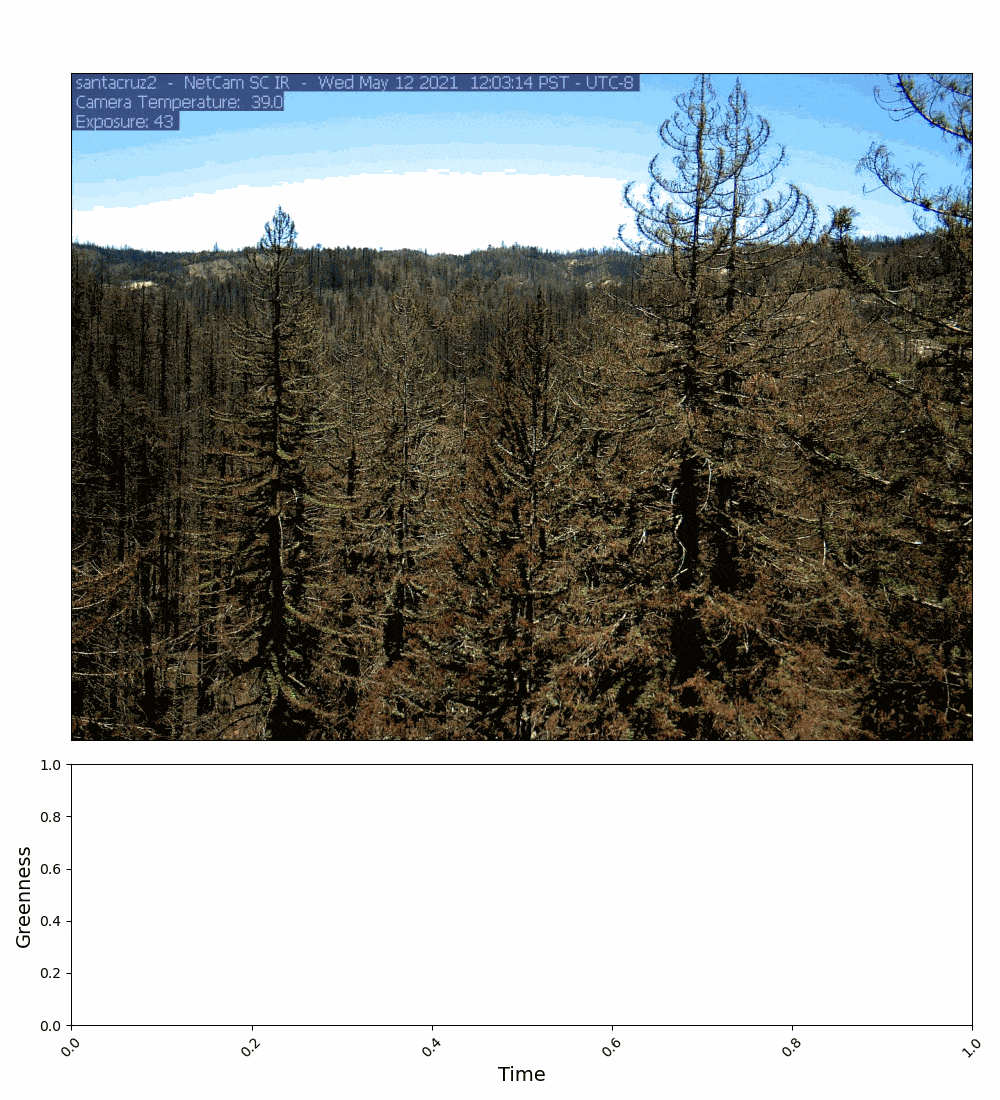
Save the Redwoods League and Northern Arizona University (NAU) announced the discovery that ancient buds and decades-old carbon reserves drive prolific coast redwood tree regrowth after catastrophic wildfire. In a new multi-year study, published in Nature Plants, the research team observed these unique adaptations that helped old-growth redwood trees at Big Basin Redwoods State Park in California recover after the extreme 2020 CZU Lightning Complex fires. “The CZU Fire consumed all of the leaves on some of the tallest and oldest trees in the world, yet many are recovering,” said George Koch, professor of biological sciences at NAU. “Redwoods’ scientific name is ‘sempervirens,’ which means ever-flourishing. It’s very satisfying to have learned a bit more about how this remarkable species lives up to its name.”
Saving the sequoias
The League continued to play an important role in the urgent work to protect and restore resilience of the giant sequoia forests in the face of unprecedented high-severity fires and climate change. As part of the Giant Sequoia Lands Coalition, we have been supporting communications, including a progress report on the work conducted throughout 2022 by the public and non-governmental organizations. In 2023, we planted 53,000 seedlings, about 30,000 of which are giant sequoias, in a heavily burned section of the League’s Alder Creek property and began a five-year effort to restore fire and climate resiliency in the unburned or lightly burned portions of the property. We also completed a 600-acre fuels reduction and forest health project on partner-managed lands at Long Meadow Grove, home to the famed Trail of 100 Giants, and we supported prescribed burns at Calaveras Big Trees State Park.
Amazing progress on Prairie Creek floodplain restoration
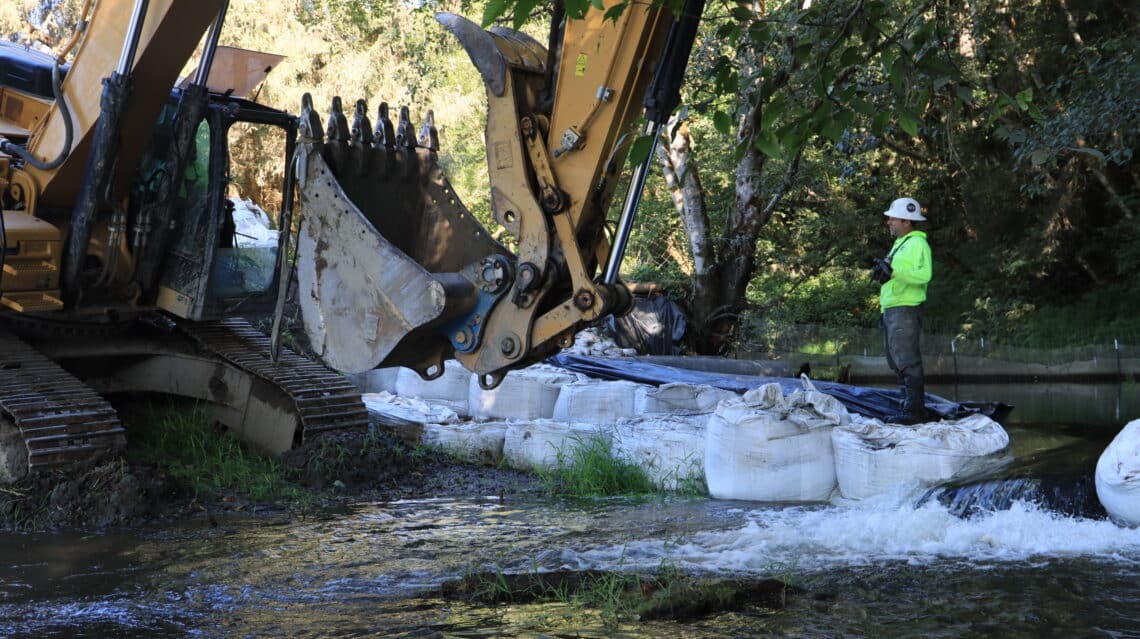
The League, California Trout, and local partners began a third year of construction on the Redwood National and State Parks Trails Gateway & Prairie Creek Restoration project at the League’s Orick Mill site in Humboldt County. Save the Redwoods and partners are returning this giant asphalt site—which is the remnant of a large redwood mill—to nature, with an extensive restoration of Prairie Creek and adjacent floodplains as well as the creation of new visitor amenities and trail access to nearby old-growth groves within Redwood National and State Parks and Yurok ancestral lands. Crews from the Yurok Construction Corporation and Fisheries Program reconnected to Prairie Creek’s main flow a 1,000-foot section that they had spent the last several months restoring. Now imperiled fish can use the new habitat. Work on the site will continue through 2025.
Redwoods Rising marks first 5 years of healing an iconic landscape
California State Parks, Save the Redwoods League, and the National Park Service commemorated the restoration of 3,200 acres of young, previously clear-cut redwood forest in the first five years of Redwoods Rising. The unique public-private collaborative effort with a long-term goal of restoring thousands of acres in Redwood National and State Parks has reforested more than 25 miles of former commercial logging roads, restored more than 3 miles of streams, and created more than 100 restoration and conservation jobs. “Redwood National and State Parks protect some of the world’s most iconic old-growth redwood groves, but past commercial logging left behind vast areas of unnatural and unhealthy younger forest that surround the ancient trees,” said Ben Blom, League director of stewardship and restoration. “We’ve made incredible progress in the first five years. In the process, we’re building a restoration economy and training future leaders in restoration.”
New research illuminates redwoods’ climate vulnerability and resilience
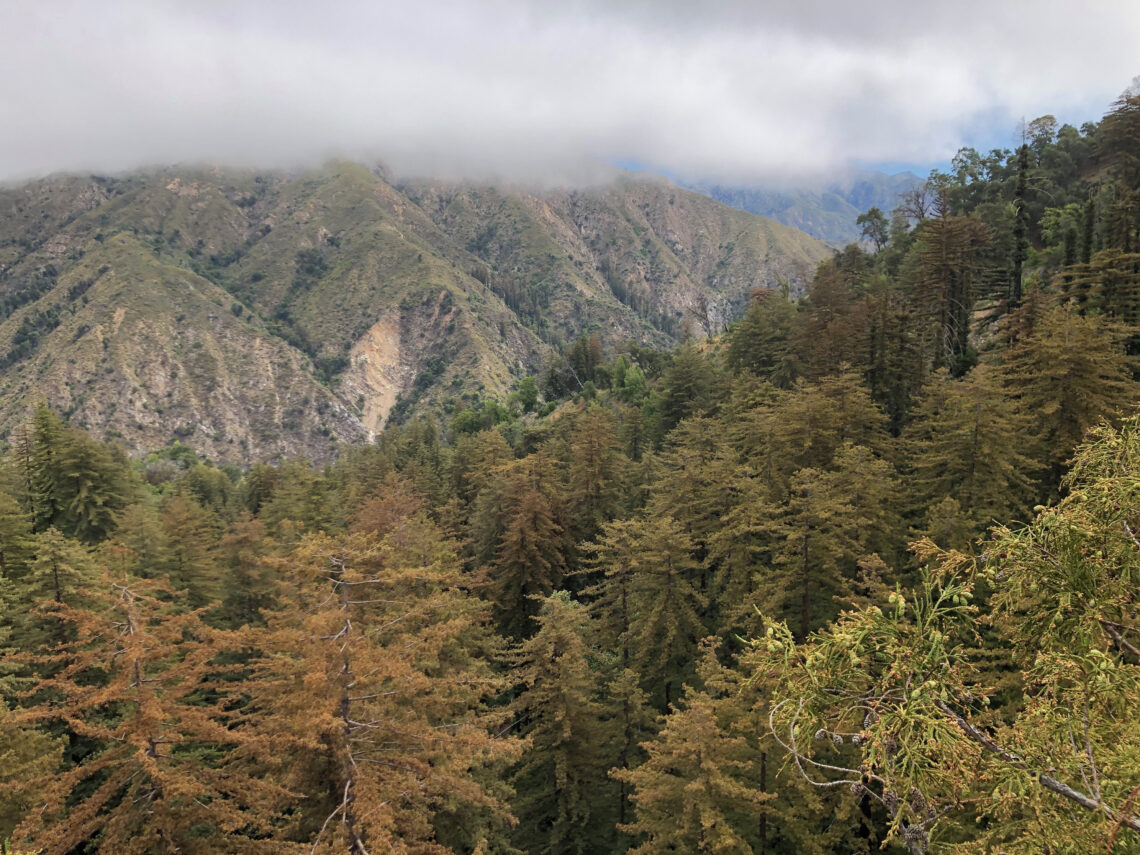
In one of the most comprehensive surveys of coast redwood forests to date, scientists at Cal Poly Humboldt found that the range is drying due to warming temperatures, and the trees are showing increased effects from droughts. The study, published in Forest Ecology and Management, is part of a long-term research partnership with Save the Redwoods League, called the Redwoods and Climate Change Initiative (RCCI). The program seeks to understand how redwoods are responding to rising temperatures, hotter droughts, high-severity wildfires, and other factors associated with a changing climate. The League hosted a four-part RCCI speaker series, with scientists from Cal Poly Humboldt and the University of Washington presenting their latest research on climate-related topics such as using tree-ring data to show long-term redwood responses to climate, plant diversity in the canopy of redwoods, and the long-term carbon storage capacity of redwoods.
Grading complete on two new trail loops
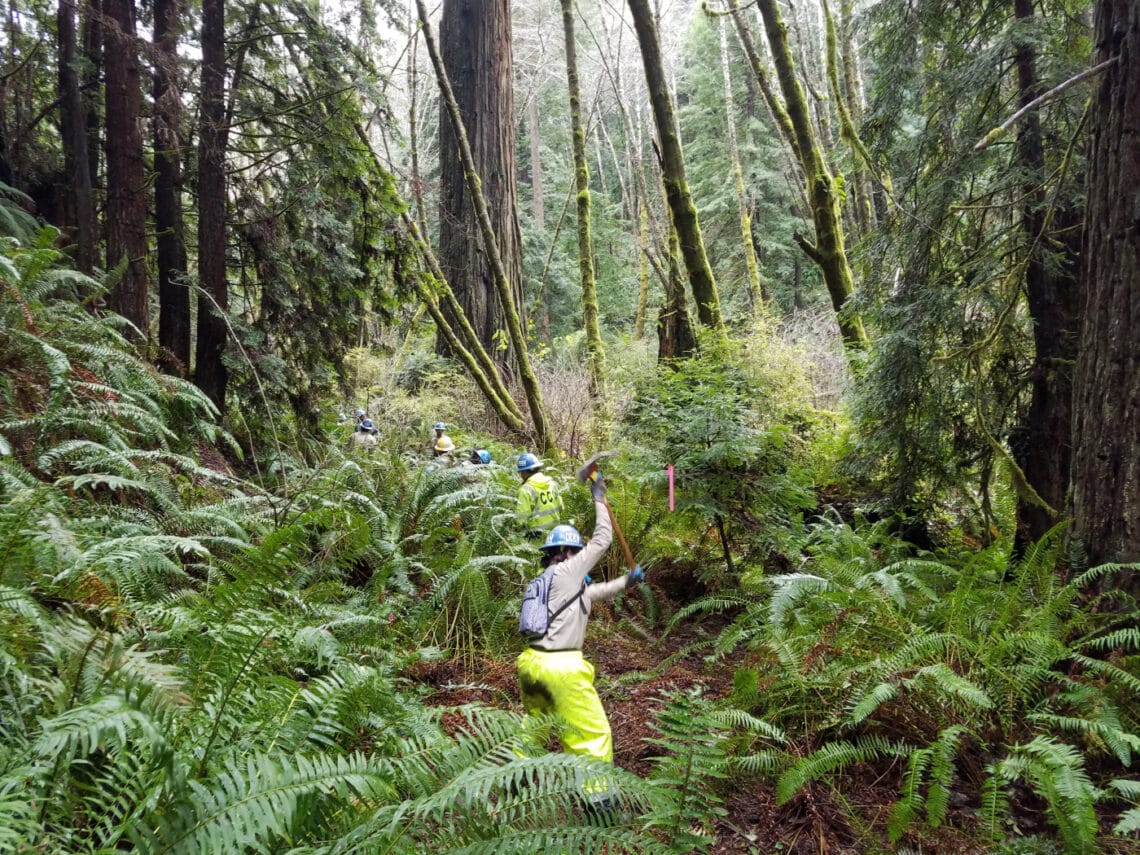
In Mendocino and Humboldt counties, the Lost Coast Trail offers one of the few coastal wilderness hiking experiences in the United States. Crossing Shady Dell, one of three adjacent, League-owned properties near the southern border of Sinkyone Wilderness State Park, the path is known as the Peter Douglas Trail, named for the founding director of the California Coastal Commission and showcasing ancient redwoods shaped like candelabras by wind and salty air. The League worked with Mendocino Land Trust, California Conservation Corps, and the American Conservation Experience to complete grading of two marvelous loops that connect to the Peter Douglas Trail in Shady Dell. Work is underway on platforms, stairs, and signage. Our goal is to formally open the loops in summer 2024.
Connecting communities with the redwoods
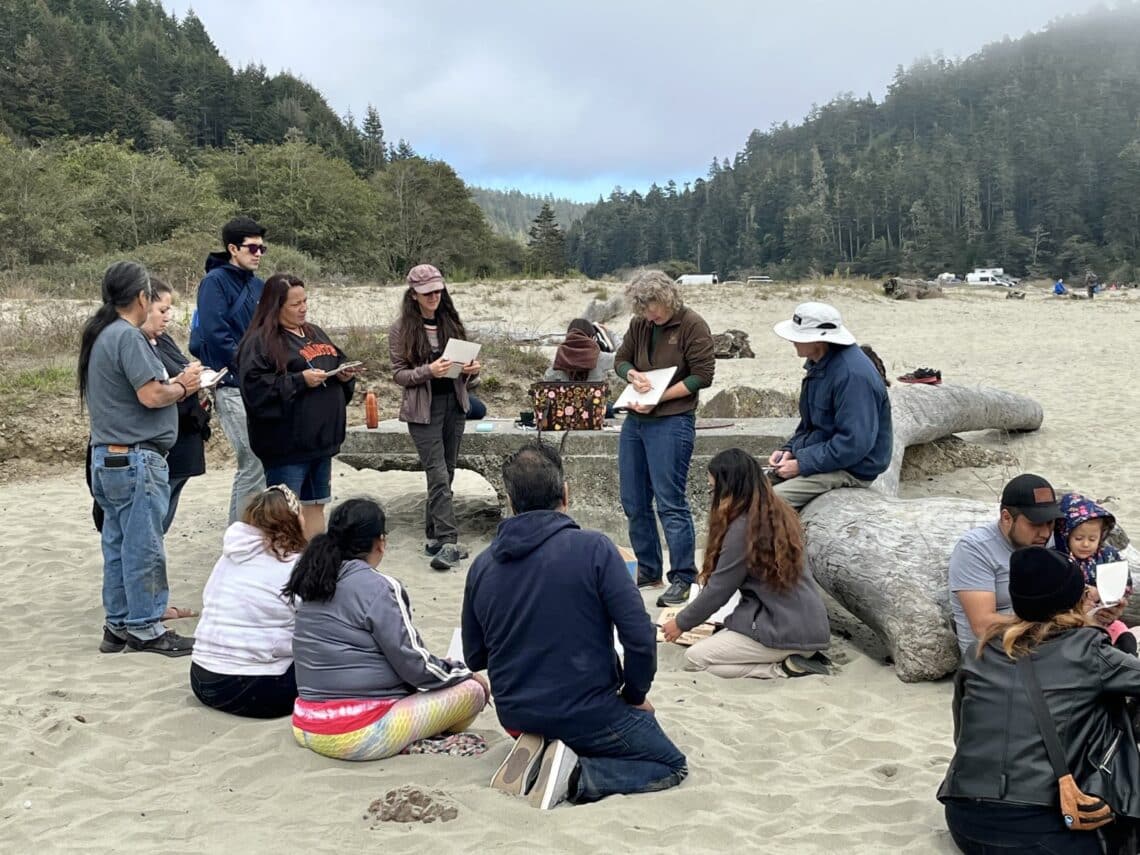
As part of our mission to create inspirational and inclusive redwoods experiences, we provided a number of programs for underrepresented communities, reaching thousands of participants. The League offered Redwood Rides for the program’s second year, providing free bus rides to redwood parks for organizations serving Black, Indigenous, and people of color, as well as low-income communities. The program addresses the greatest barrier preventing underrepresented communities from visiting their local redwood parks: lack of transportation. In addition, we’re working with researchers at San Francisco State University to study and promote the health benefits for people of color who spend time in nature. And for the 10th year, we hosted field trips for K-12 students in California to explore their watersheds and local redwood parks.
I’ll Go if You Go podcast returns for third season
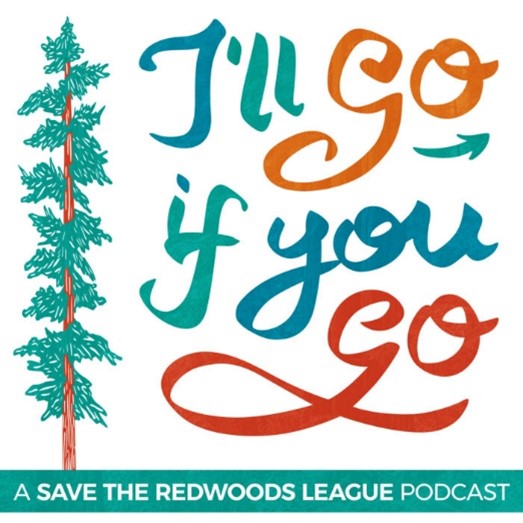
Our podcast I’ll Go If You Go returned for a third season of conversations with Black, Indigenous, and people of color who explore and work in the outdoors. With this podcast, we’re building community and illuminating how Californians from all walks of life think about and experience nature and conservation, in the redwoods and beyond. Host Emily Harwitz chatted with guests such as Agnes Vianzon, the founder and executive director of Eastern Sierra Conservation Corps; Michelle Warren, the vice president and co-founder of Black Girls Trekkin Inc., a nonprofit for Black women who choose to opt outside; and Kathryn Luna, who builds community and partnerships at the outdoors retailer Mountain Hardwear. Visit I’ll Go If You Go to listen to all three seasons.
Research programs inform stewardship and land management efforts
The League selected nine projects to receive $162,221 in grant funding to advance research and discoveries in coast redwood and giant sequoia forests. The grantees will investigate effects of fire; study owls, migratory birds, amphibians and microorganisms within these forest communities; and collaborate with Indigenous tribes to create a database of plants and their traditional uses; among other projects.
California State Parks Week strengthens connections to parks
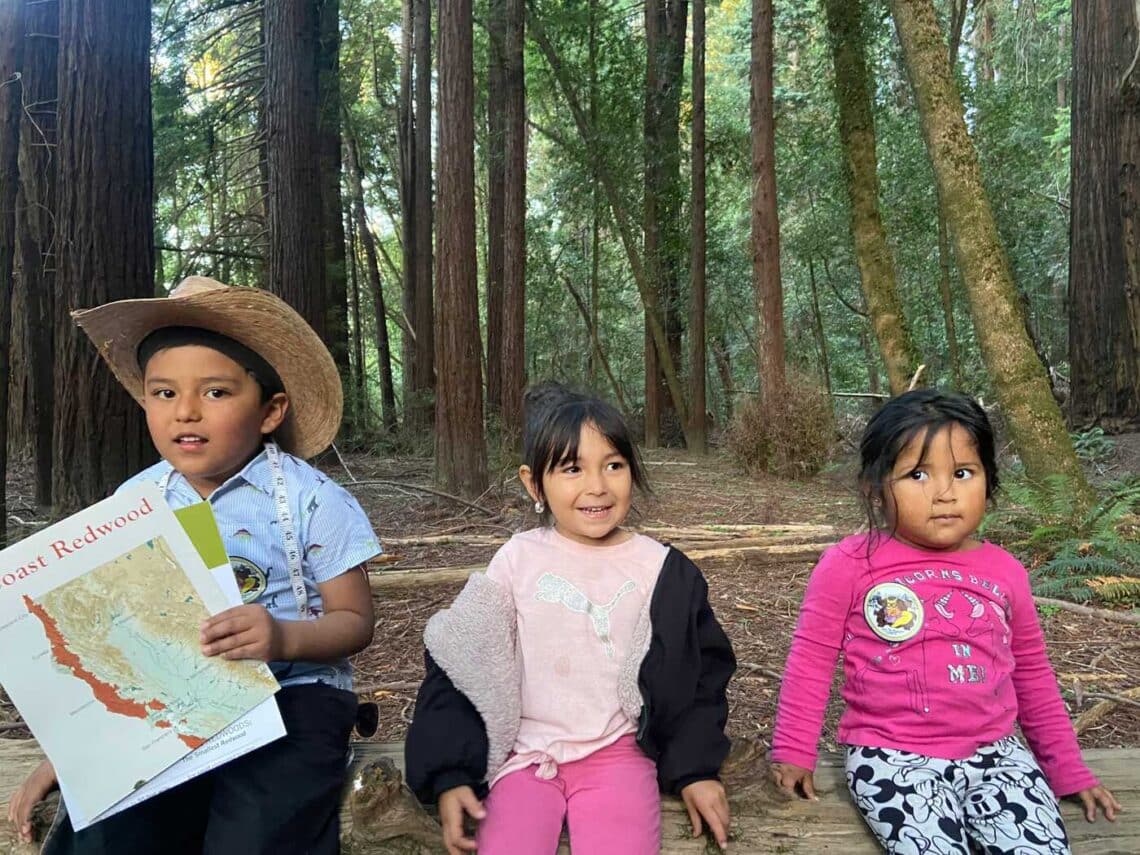
The League partnered with California State Parks, Parks California, and California State Parks Foundation to offer the second annual California State Parks Week. Through special community events and in-person and virtual programming, the public celebrated the communities and cultures that make California special. Participants explored new adventures and activities in our shared 280 parks and discovered ways to deepen their relationships with parks and the landscapes they protect. Dozens of events were held in redwood parks.
Advocating for urgent parks funding
Save the Redwoods released a new report daylighting critical funding needs across the California State Parks system. The report urges state legislators to make necessary investments statewide through a 2024 climate bond measure or the annual budget process. Recent wildfire and storm damage add to more than $1 billion in deferred park maintenance and more than a decade without an active land acquisition program. Together, these accumulating costs demonstrate that California State Parks does not have the sufficient funding and resources it needs to continue providing equitable outdoor access for all, preserving the state’s biodiversity, and bolstering the state’s climate resilience. “California State Parks is the largest public redwood forest manager, which means the health of the redwood forests depends on a healthy California State Parks system,” said Sam Hodder, League president and CEO.
Huge thanks to everyone who has been a part of our community this year! We’re looking forward to what’s next in 2024.

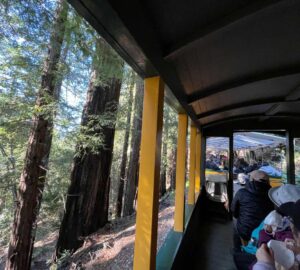
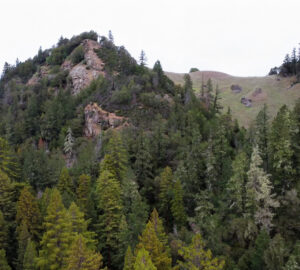
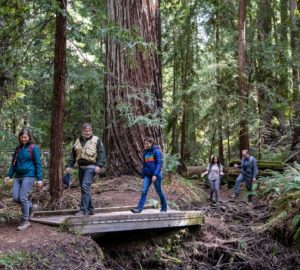
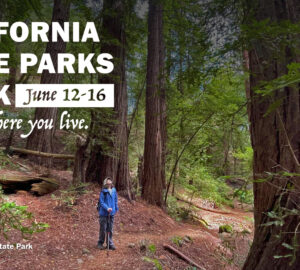

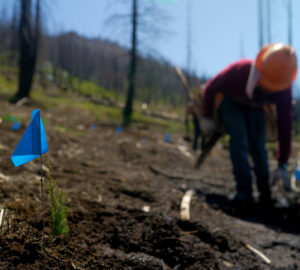
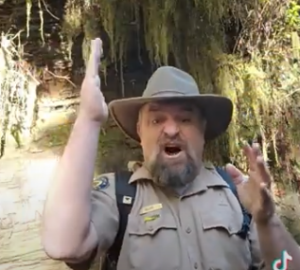
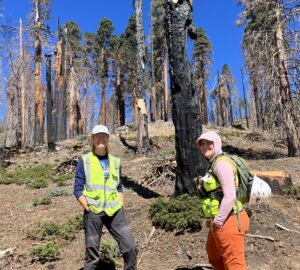

One Response to “Top 15 League achievements of 2023”
Travis
Many thanks for your work! To the people of California, however you speak to forces beyond yourself, continuously ask for a balance of sunshine and rain to keep nature satisfied. If your kid misses a soccer game because of a storm, just imagine how important that precipitation can be for feeding the soil that feeds the giants.